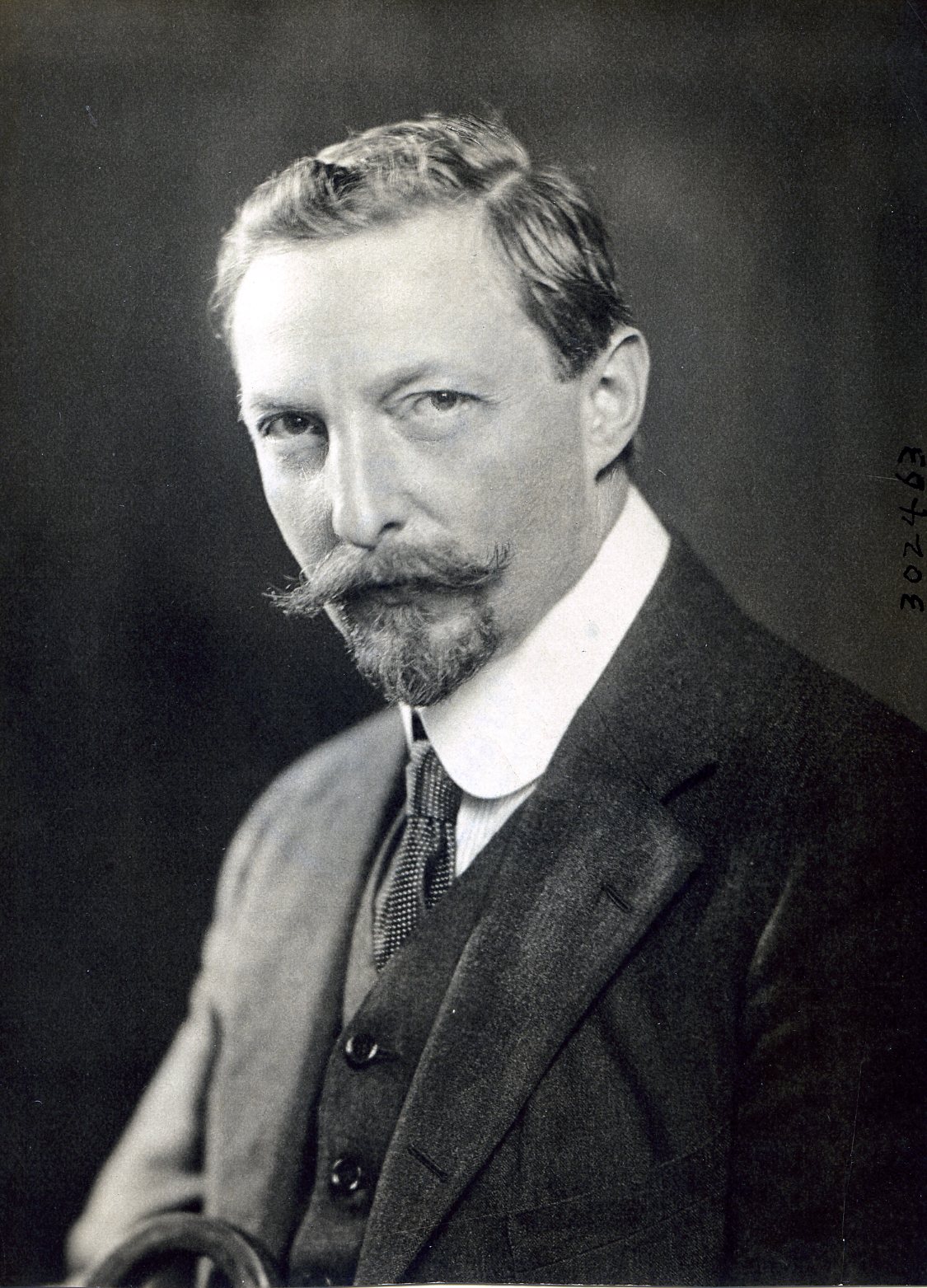Sculptor
Centurion, 1903–1925
Born 25 January 1865 in New Haven, Connecticut
Died 20 September 1925 in Paris, France
Buried Cimetière de Montparnasse , Paris, Île-de-France, France
, Paris, Île-de-France, France
Proposed by John Q. A. Ward and George Willoughby Maynard
Elected 7 February 1903 at age thirty-eight
Century Memorial
The comment of the world of art on the sudden death of Paul Wayland Bartlett, last September, was that a sculptor of the highest promise had been cut off in his prime. Yet Bartlett had lived a full artistic life. With a Yankee background, like so many of his American fellow-artists, his genius was precocious. To be told of a bust modeled by a sculptor in his teens and exhibited in a Paris gallery is to parallel the achievement of the boy music-composers of the Eighteenth Century. He was only twenty-one when his “Bear Tamer,” now in the Metropolitan Museum, received the commendation of the Paris Salon. But Bartlett was not an infant prodigy whose mature achievement dwindles in artistic interest because exaggerated hope had been based on boyhood promise. He was a tireless worker; one notably successful achievement was regarded by him only as the stepping-stone to another. His Columbus and Michael-Angelo, in the National Library at Washington, each the embodiment of the dreamer who is also the man of action, came appropriately as forerunners of his equestrain Lafayette in the courtyard of the Louvre, whose stately dignity while offering his sword and services to the American colonies Bartlett himself described as “both a fact and a symbol.” His six heroic figures over the entrance to the New York Public Library, portraying Philosophy, Religion, Romance, Drama, Poetry and History, gave opportunity for the widening grasp of an imaginative and creative mind.
Artistic idealism did not interfere with Bartlett’s practical view of life, or with his genial intercourse in the Century. In his judgment of events and tendencies he was a robust American, yet with the fondness of an adopted son for France; whose present difficulties, not mitigated by the formal stiffness of our American debt commissions, he would have been the first to deplore and excuse. Notably, his plain artistic common sense dealt short shrift to what he himself called the “freak schools of art,” whose performances by way of introducing Bolshevik principles into painting, music and sculpture appealed to him precisely as the Soviet lectures at afternoon teas of bored women of fashion, or the speeches of La Follette on questions of the day, appeal to other men of sense. These follies in pretended art, so Bartlett put it epigrammatically, are the work of “epileptic mentalities” with which “incapacity passes for genius and theories for talent.”
Alexander Dana Noyes
1926 Century Association Yearbook

